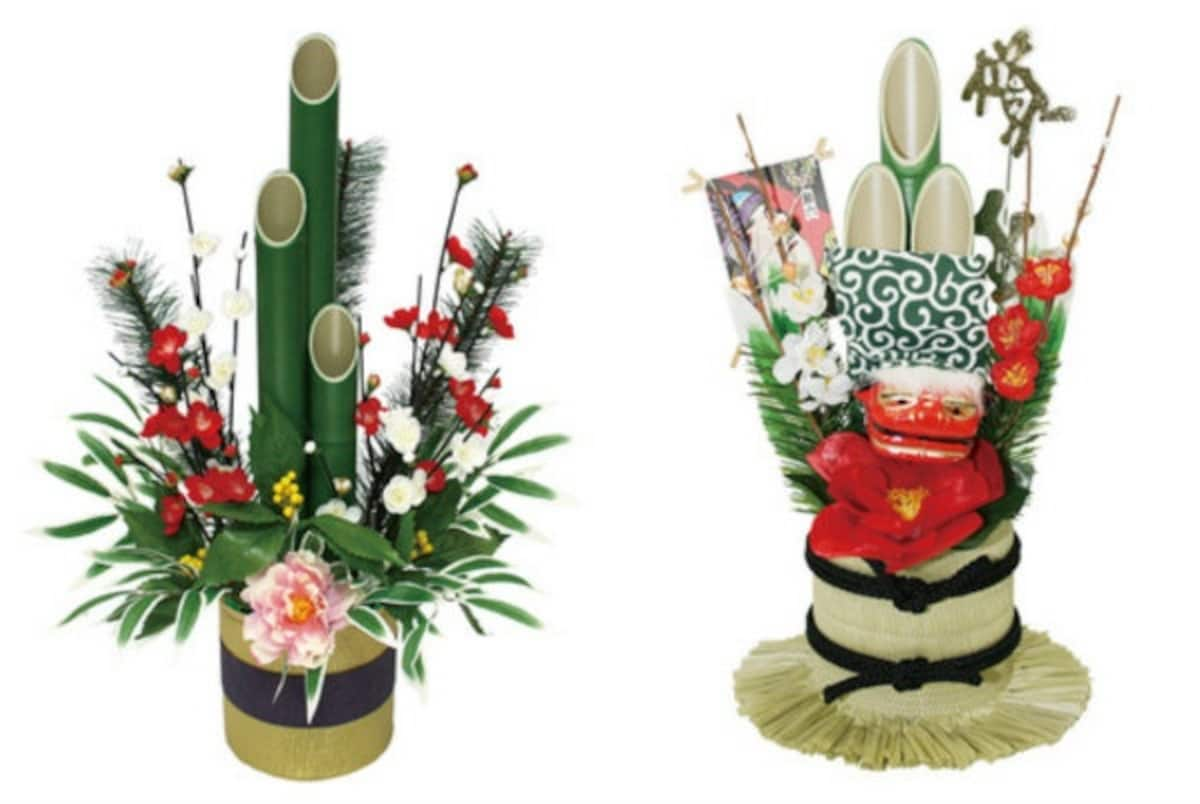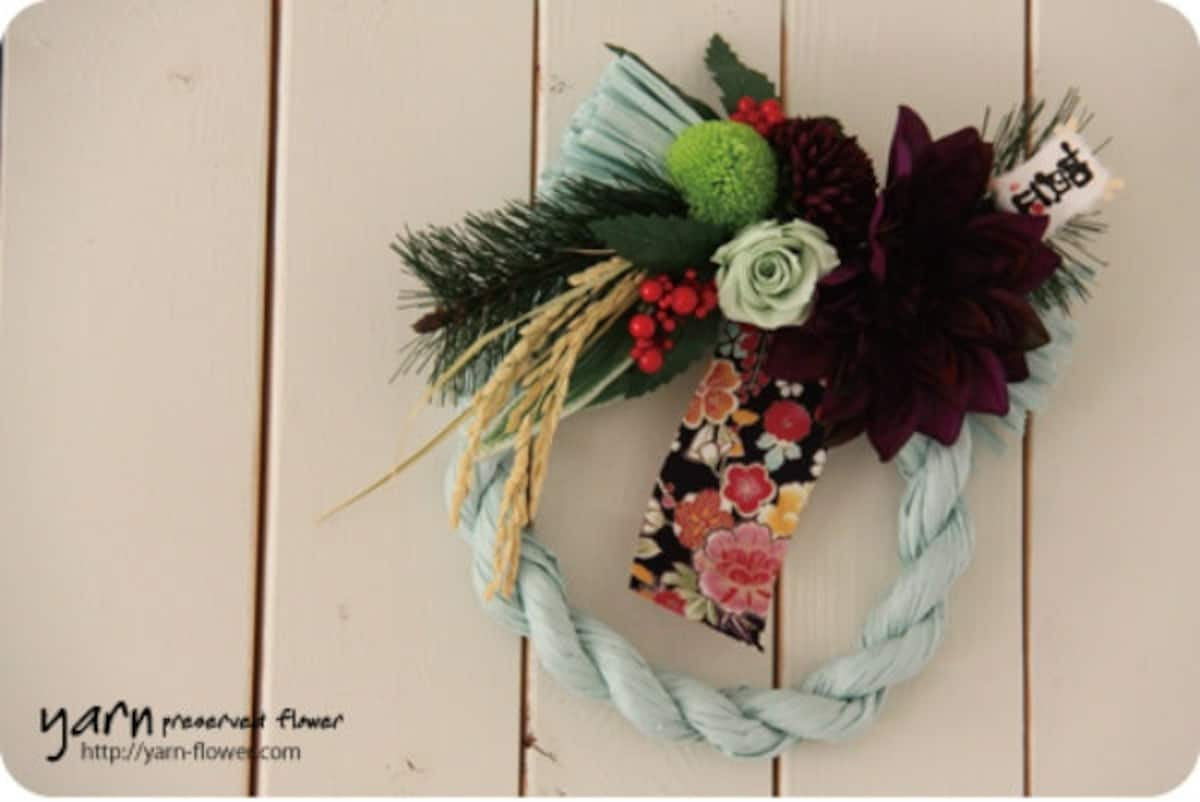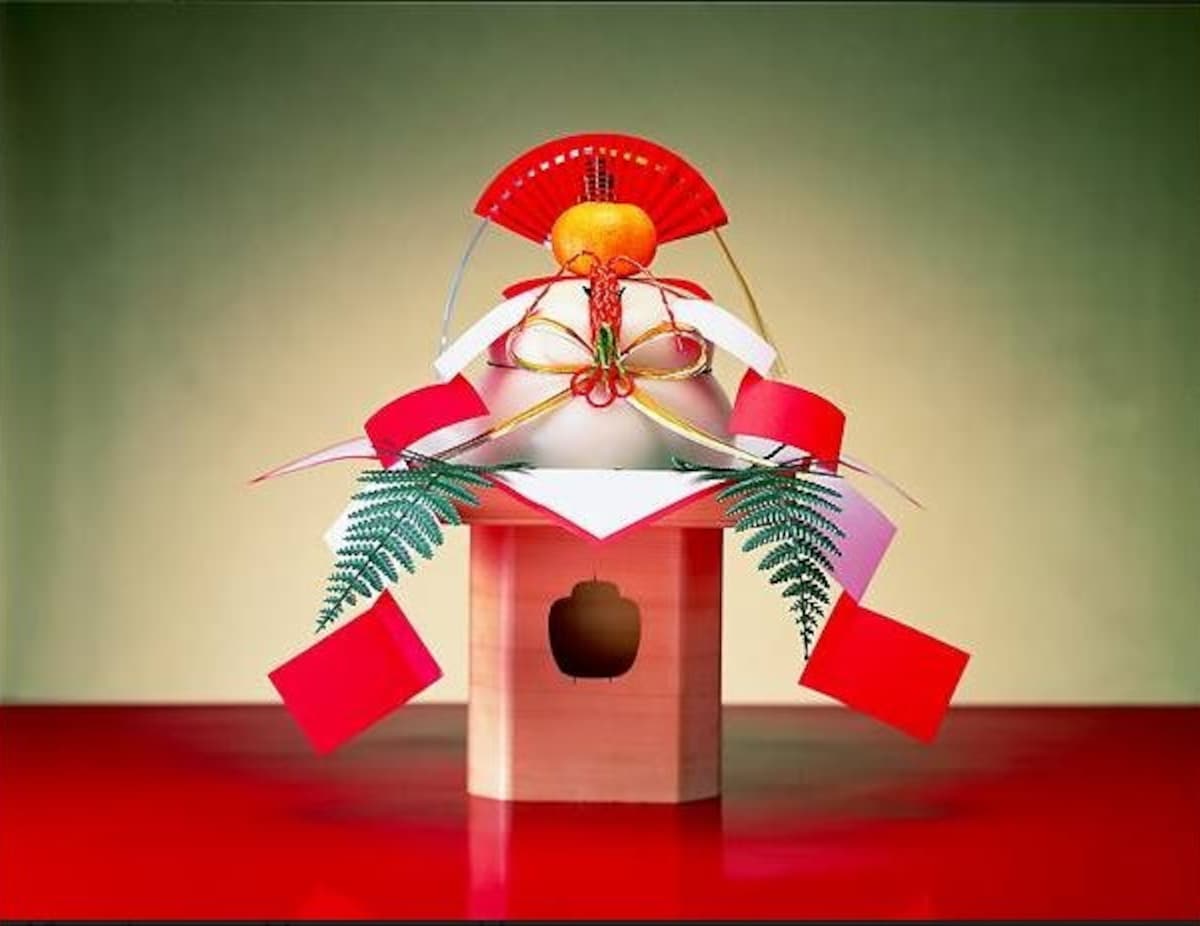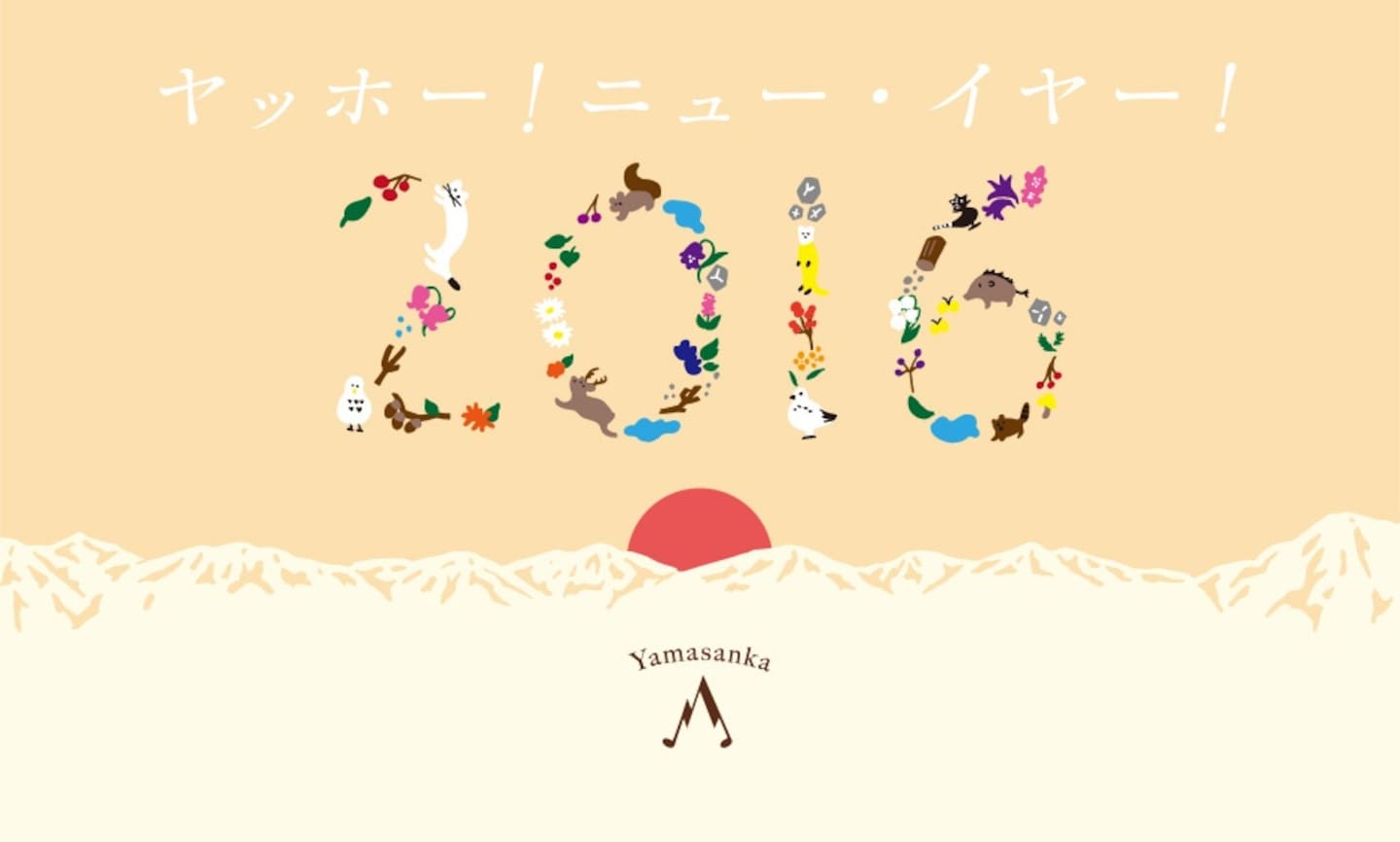6 Things to Do Before New Year's Hits in Japan
New Year's in Japan is a fascinating experience, but it’s also easy to feel lost when it comes to joining in with the celebrations. This handy six-point checklist can help you with the run-down to the main event on January 1. If you want to celebrate a Japanese New Year, these are the essentials you’ll need to know!
By SoraNews246. Post your New Year cards by December 28
https://print.shop.post.japanpost.jp/nenga/list?topCategoryCd=04&largeCategoryCd=0515
People in Japan send and receive special New Year's cards called nengajo, which should be received by post on January 1. Post Offices can only guarantee your cards will arrive on time if they’re sent by December 25, but there’s still a possibility that your cards will arrive on time if they’re posted by the 28th. If you’re so late you think your cards will arrive at their destination after January 7, you should avoid sending nengajo and opt to send a special winter greeting card instead.
5. Finish your spring, er… winter cleaning by December 28

http://rubeusu-trend.com/3498/
Getting rid of the year’s dirt is so important there’s even a word for it: susuharai (literally "soot-sweeping"), though most people nowadays just call it o-soji, or "big cleaning." Traditionally, the annual big clean was done on December 13, which was known as Susuharai Day. Nowadays, cleaning can begin on any day from the 13th until the 28th, leaving the last few days of the year clear for other last-minute preparations.
4. Put your New Year’s pine decorations up by December 28 or on December 30

http://item.rakuten.co.jp/party-honpo/pw-24415s/
These pine and bamboo decorations, known as kadomatsu, are placed on either side of the front door as important markers to welcome the gods of the New Year to your home. Ideally put up on any date from the 13th to the 28th, these decorations remain at the front of the house until January 7. If you’re late, you can still put them up on December 30, but avoid putting these up on the 29th as the Japanese word for the number 9, ku, also means pain and suffering. It’s also taboo to put them up on the 31st as it’s disrespectful to greet the gods with an overnight decoration.
3. Put up your New Year’s rope talisman

http://iemo.jp/16015
Shimenawa, a special straw rope used as a talisman against evil, is similar to the kadomatsu as it guides the good spirits into your home. Placed in your entryway or at the special household altar, these are usually put up on the 27th or 28th, avoiding the 29th and the 31st for the same reasons as above. On the morning of the 7th, these straw decorations should be taken to the dondo-yaki, the burning of the decorations at the local shrine or temple.
2. Put up your New Year’s cake on any day before New Year except the 29th or 31st

http://www.japantimes.co.jp/culture/2014/01/01/general/lucky-food-charming-decorations-visiting-deities-welcoming-the-new-year-with-history-tradition/#.Vnm_ohXhDIV
Kagami-mochi, the New Year’s cake, is another important New Year’s decoration designed to show reverence and welcome to the gods. Accordingly, the 29th and 31st should be avoided when placing these on the household altar or in the entry way for the first time. Taken down with other decorations after New Year’s week on January 7, the kagami-mochi, is traditionally broken up and eaten on January 11. This is done with a wooden mallet and never with a knife or other sharp utensils, as the notion of cutting has negative ramifications.
1. Finish eating all your New Year's Eve noodles before the year is out
Eating extra long, thin soba noodles on New Year’s Eve is a common custom in Japan. Known as toshikoshi soba, or year-crossing noodles, the long noodles are said to symbolize a long life and are traditionally eaten with family at sometime on the night before the New Year. For the best luck and protection, all the noodles in your bowl should be eaten before midnight. Don’t leave any behind!
Related Stories:
Japan Post gets moe fever with 2016 anime-fied New Year’s postcards
Japan’s amazing Excel artist wishes everyone a happy new year using the spreadsheet program
Japan Post assembles motorcycle gang to deliver New Year’s cards





